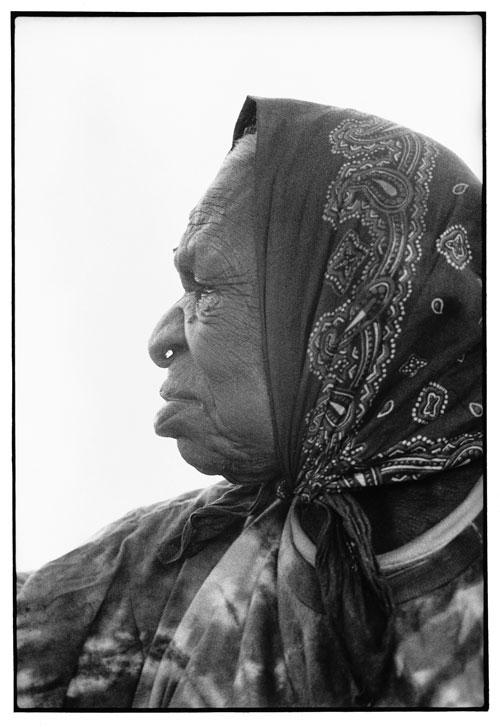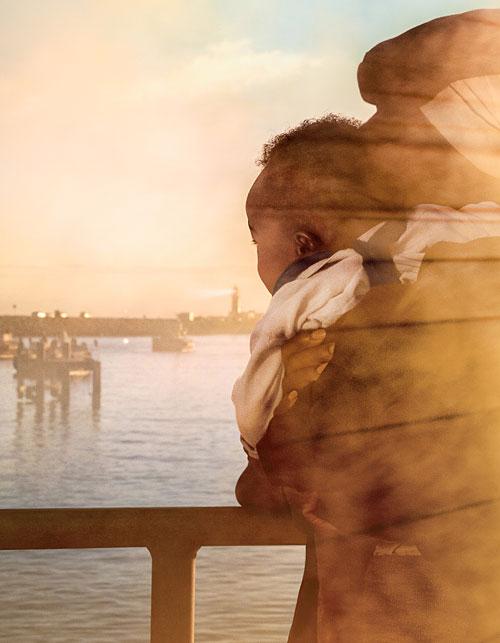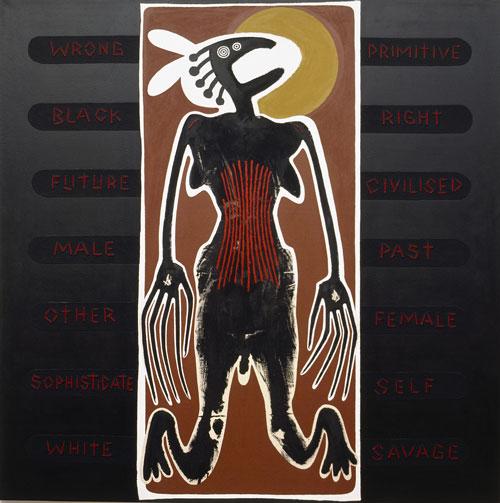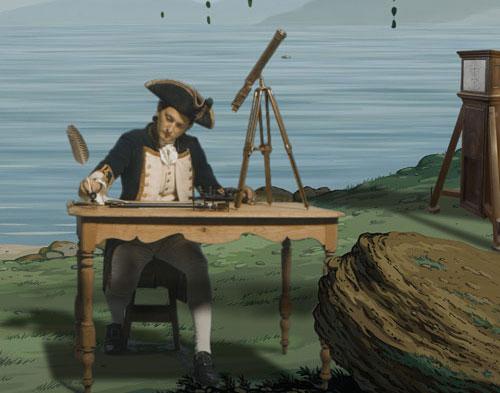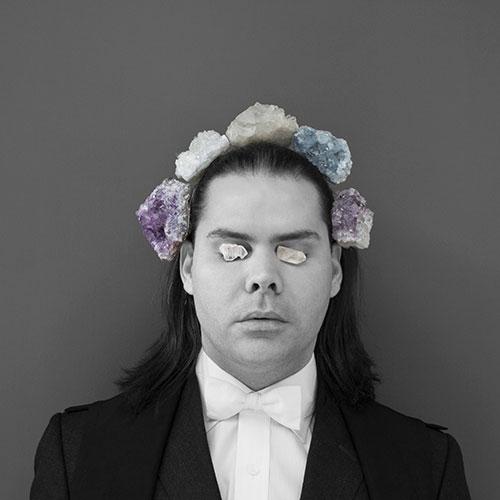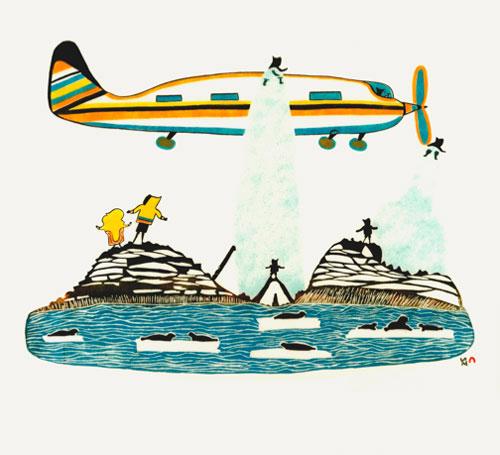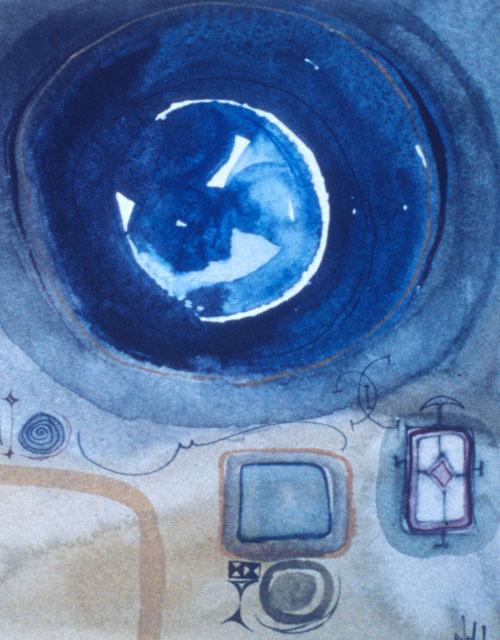Indigenous perspectives on museum collections
I can remember the first time I was taken into a museum storeroom. I remember it being still, organised, open and unashamed. I could see countless rows of shelving stretching from the floor to a ceiling so high that the optical illusion it created masked its vastness. The air was unmoving, the smell musty and organic. When my eyes adjusted to what lay on these shelves I had trouble taking it all in: wood, feathers, stone, bark, ochre worked in countless combinations. I searched for the clues which would guide me to material from north‑western New South Wales, to my Father’s country, and my ngurrambaa (Yuwaalaraay) or “family land”.
It is hard to express this impression although it sticks with me so vividly, and continues to evoke all the senses some twenty years later. I was a trainee at the Australian Museum—a beneficiary of the museum revolution of the late 1990s, which sought to guide the museum sector into a new era of recognition and action with regards to their Aboriginal and Torres Strait Islander collections and communities. Being mentored by an Indigenous staff member in the days when there were few Indigenous people employed in museums enabled me to feel a shared connection and a sense of a shared responsibility. We discussed the logistics of collection storage, community access and what it meant to be a “custodian” of our material. I distinctly remember asking her if she ever felt scared in that room—I guess I was looking for validation of the fear I was feeling, or the sadness or sense of unfair privilege that I was there and not others who would at least know what they were looking at. Those rooms are overwhelming, confusing, profound and confronting. They are time capsules placing anyone within one degree of separation to moments of intensity we as Australians are yet to fully grasp collectively.

